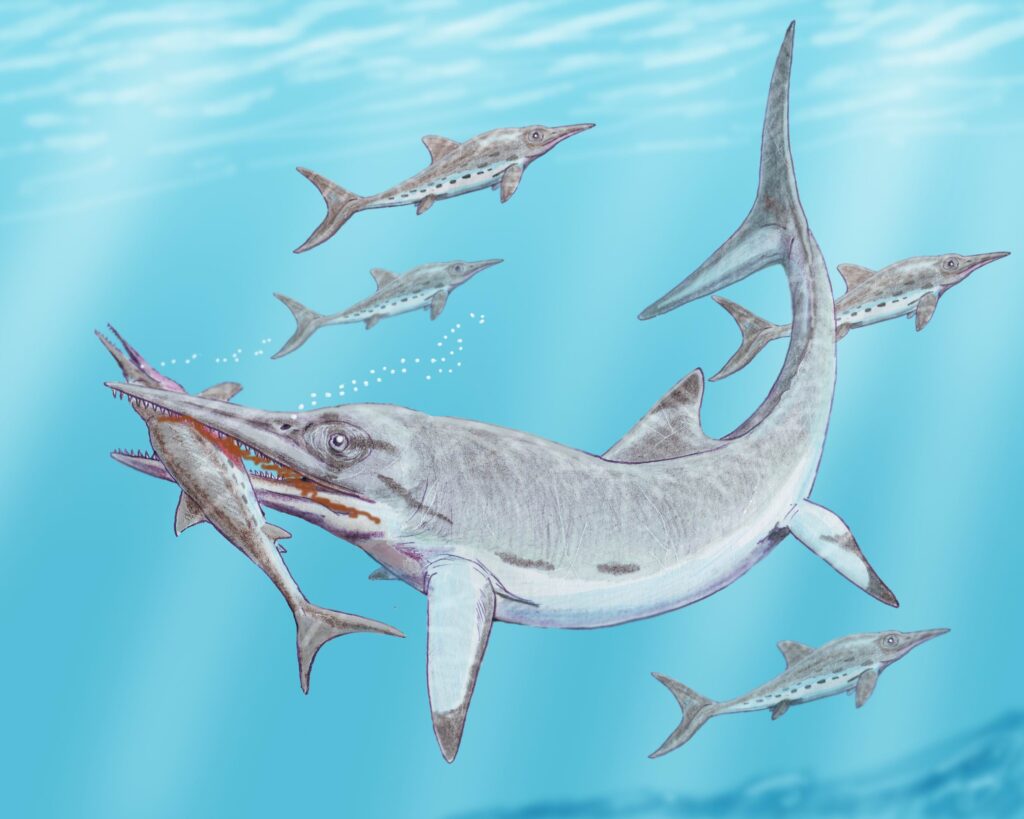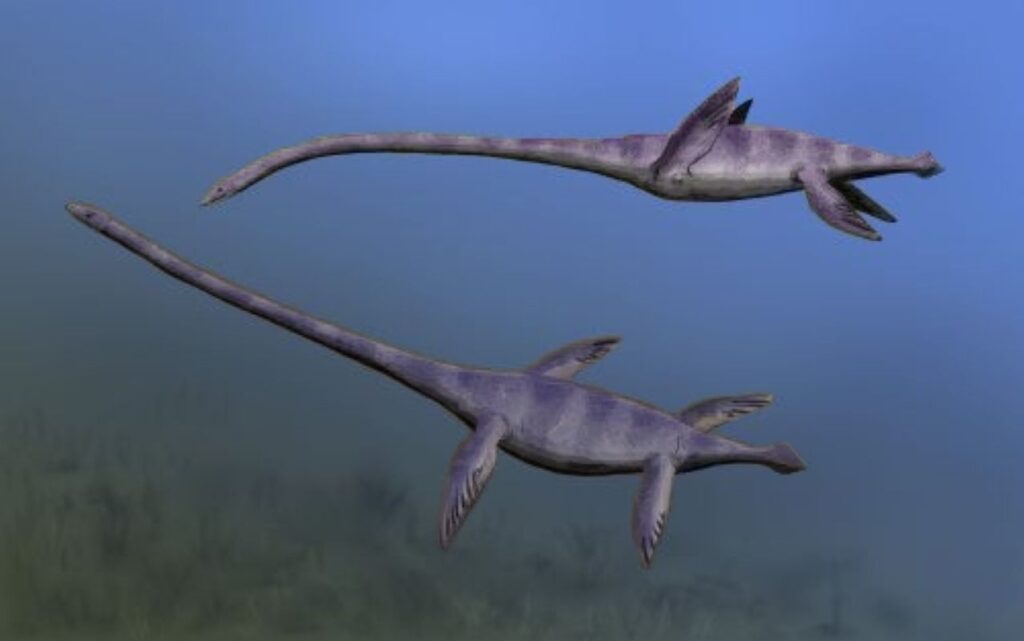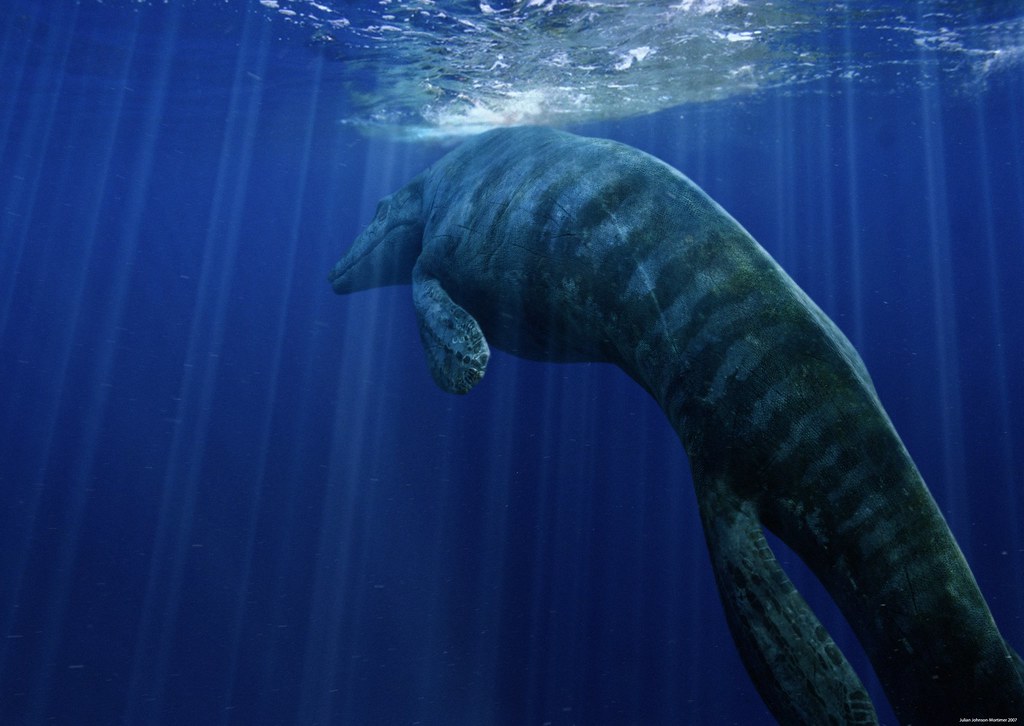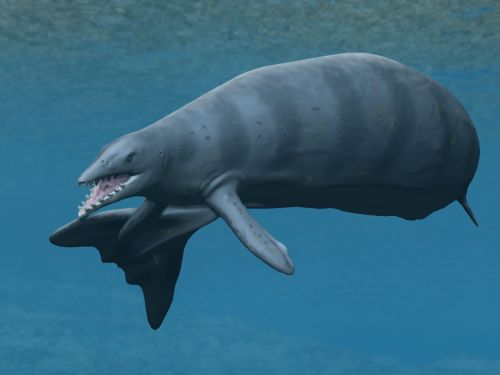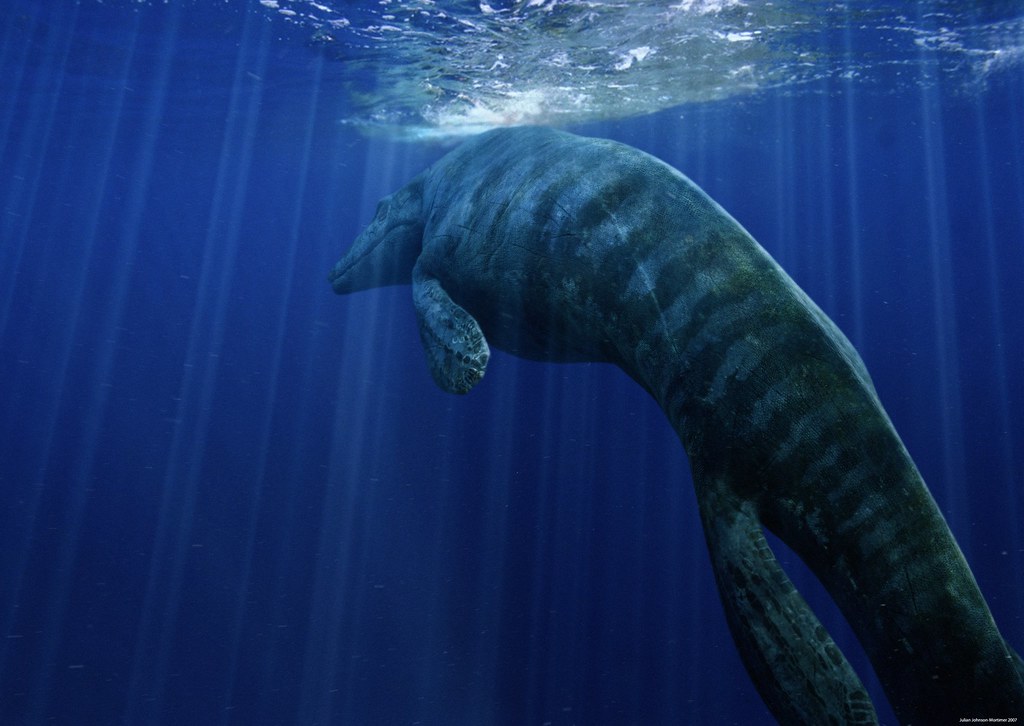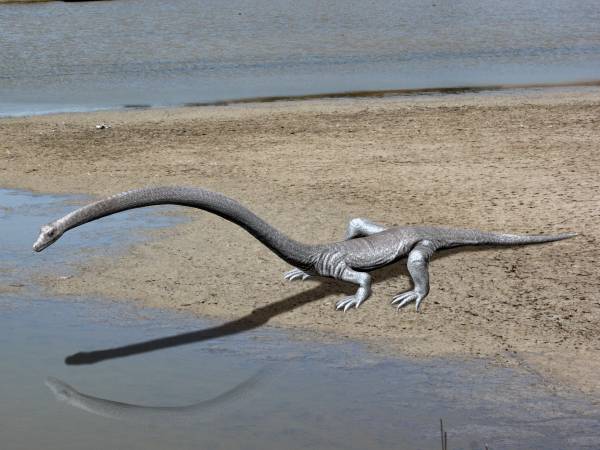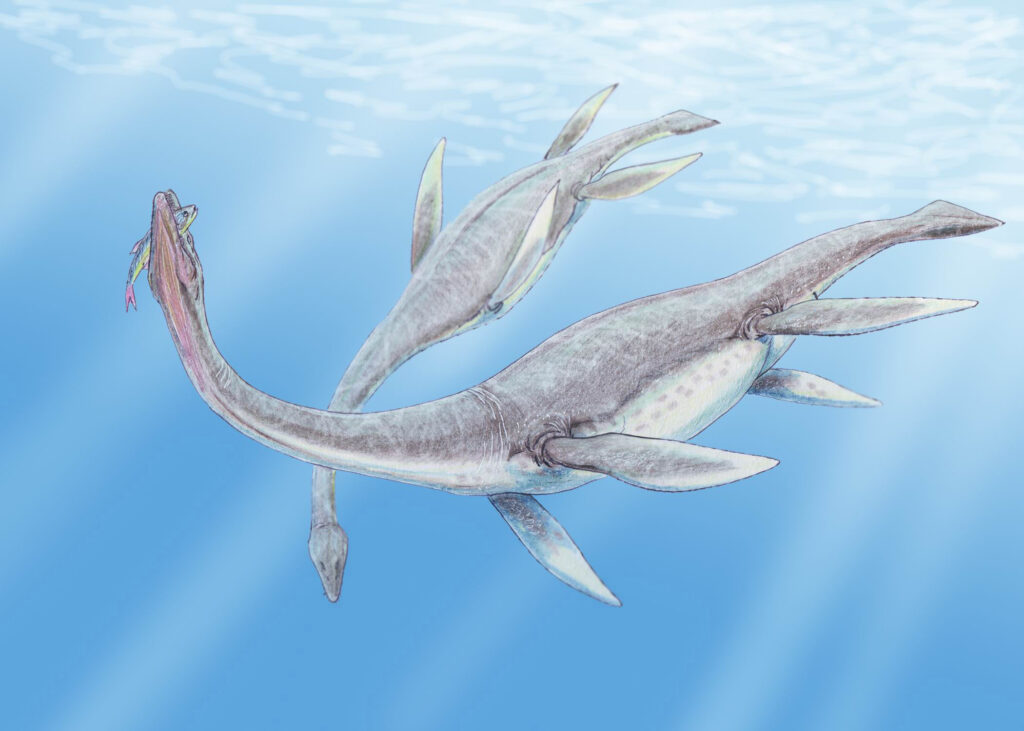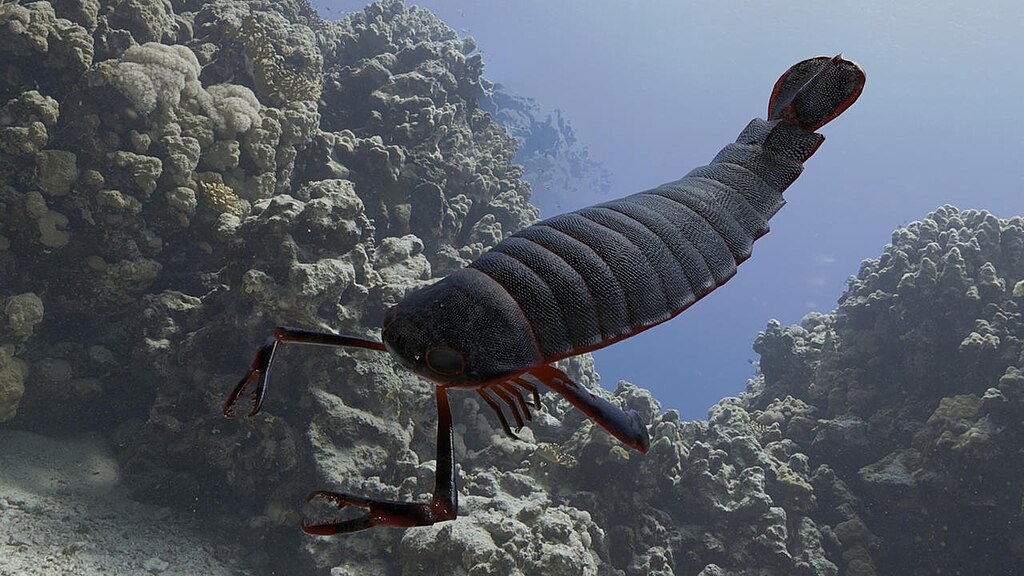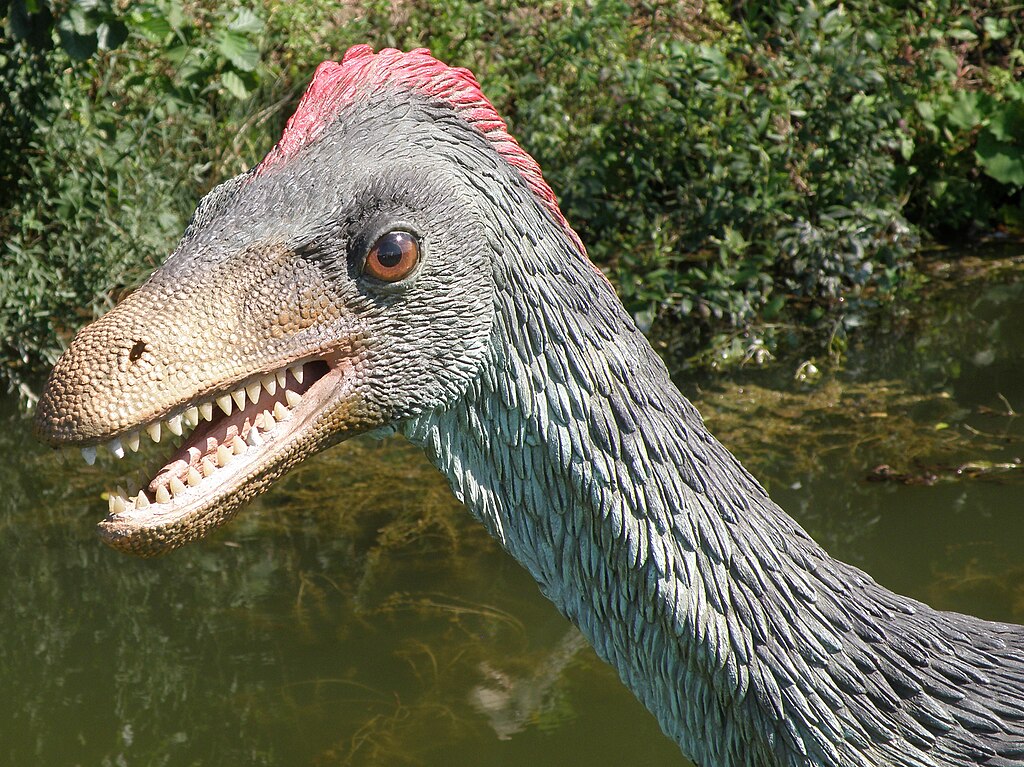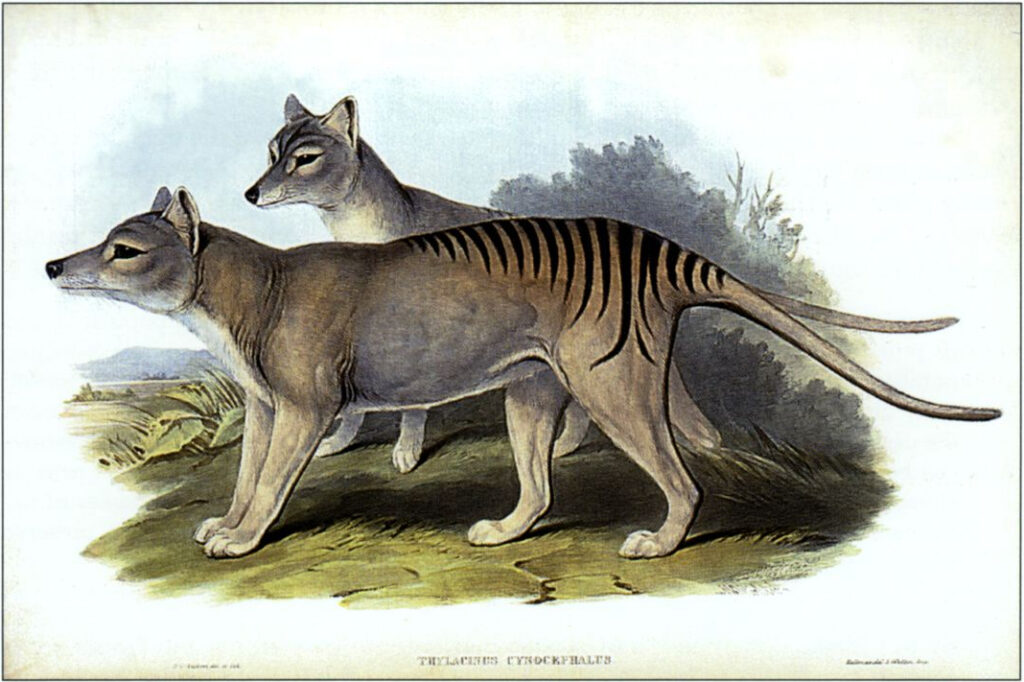Ichthyosaurs were silent assassins of Jurassic seas
Picture yourself diving into the ancient oceans of the Early Jurassic, around 180 million years ago. Instead of modern whales breaching the surface, you’d witness something far more extraordinary. Massive marine reptiles with bodies like dolphins but sporting dinner plate-sized eyes glided through these primordial waters with deadly grace. These were the ichthyosaurs, and recent ...

